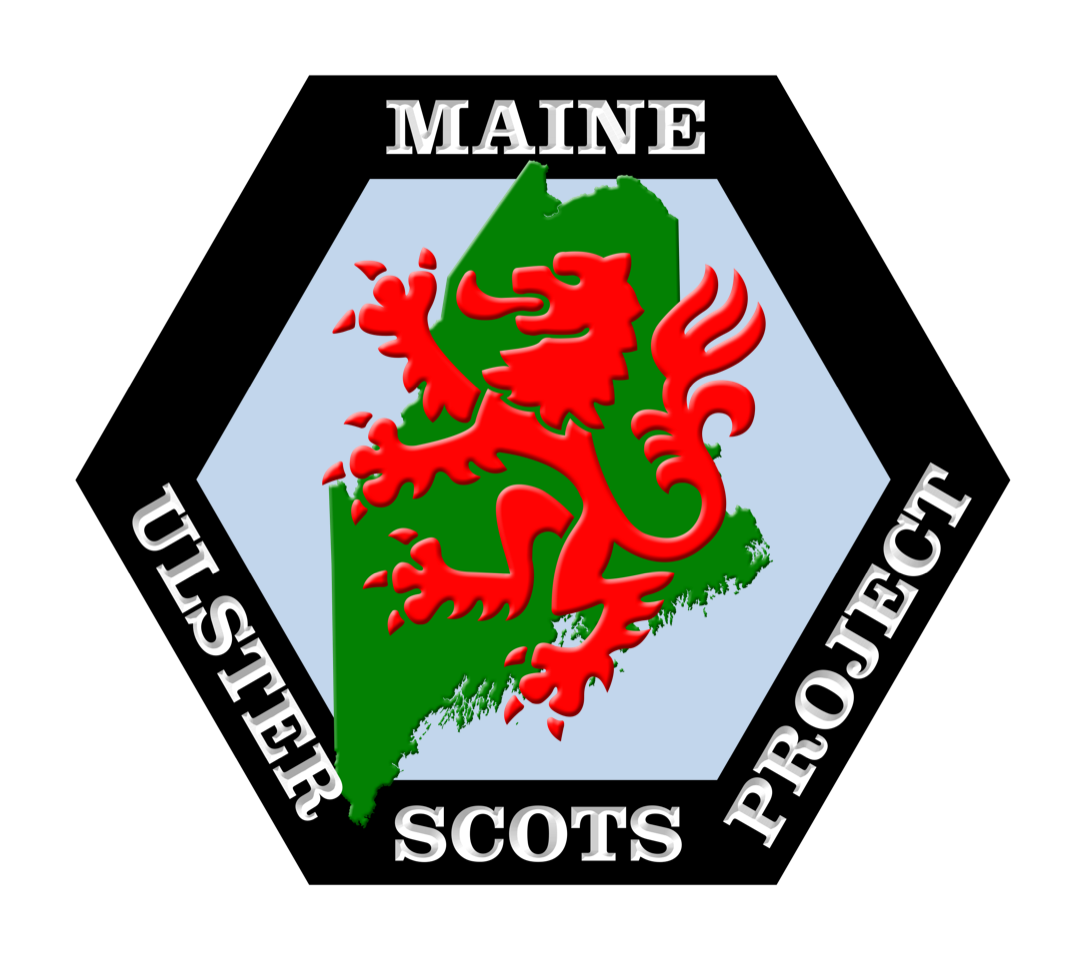In 2026, the United States of America will mark its 250th anniversary. The Maine Ulster-Scots Project plans to embrace this historic moment by organizing events and developing initiatives to identify and honor the Scots-Irish Revolutionary War Patriots with connection to Maine who helped win the American War of Independence.
We look forward to organizing a series of inclusive activities showcasing our Patriots and battles that occurred in Maine. Our first program was on April 26, 2025 in North Yarmouth, Maine.
On October 18, 1775, the British Navy bombarded the town of Falmouth—now Portland—setting it ablaze and igniting revolutionary fervor across the colonies. 250 years later, on Saturday, October 18, 2025, the public had the opportunity to walk the path of history with America from the Ashes, a family-friendly trail experience that brought this pivotal moment to life.
The Maine Ulster-Scots Project was proud join the First Parish Church, Greater Portland Landmarks, Maine Historical Society, Osher Map Library, Spirits Alive at Eastern Cemetery, and Tate House Museum in a day long program featuring programs, activities, and exhibits.
Share your family’s Maine patriot name and story with us at: info@maineulsterscots.com
Helen Mark
From the BBC Kintra - Radio Ulster’s weekly Ulster-Scots magazine show. Nelson McCausland, Chair of the Ulster-Scots Community Network, joined the team to talk about the Ulster-Scots involvement in the formation of a document that influenced the foundation of the United States 250 years ago.
“THOMPSON’S WAR” – Brunswick Militia attempted the capture of HMS Canceaux and Lieutenant Henry Mowat, on May 9, 1775 in Portland harbor.
By early 1775 relations between the American colonies, especially Massachusetts and England, had deteriorated to the point of open rebellion. While Boston was the chief hotbed of anti-British sentiment, discontent also spread east into the District of Maine. One of the centers of this discontent, was in Brunswick, fanned in a tavern owned and operated by the Thompson family and it’s clan head - Captain James Thompson.
Thompson had been elected commander of the Brunswick militia in 1774 and headed the local enforcement committee for the Continental Association created by the First Continental Congress to boycott all goods from Great Britain. The association attempted to enforce the boycott on 2 March 1775 against a shipload of sail, rope, and rigging for loyalist shipbuilder Captain Samuel Coulson of Portland by demanding the delivery ship leave port.
Coulson requested delay while the English sloop completed needed repairs after its trans-Atlantic voyage. HMS Canceaux was dispatched from Boston while the repairs were in progress; and, following its arrival on March 29, Coulson proceeded to offload his British goods under the protection of the British warship. The battles of Lexington and Concord took place while Canceaux lay at anchor in Casco Bay. When news of the battle reached Brunswick on April 21, the Brunswick militia laid plans to capture Canceaux.
On May 9, 1775, fifty Brunswick militiamen (including many of our Scotch-Irish ancestors) wearing a sprig of spruce in their hats just as their ancestors had during The Battle of the Boyne back in Ireland, arrived in Portland secretly aboard small boats carrying a spruce tree with the lower branches cleared away as a battle ensign. Canceaux was prepared to prevent the small boats from boarding; but Thompson's militia captured the warship's captain, Lieutenant Henry Mowat while he was ashore arranging church services for his crew.
The first lieutenant aboard Canceaux discharged two cannon salutes (gunpowder charges without shot) toward Portland and threatened to shell Portland unless the captain was released. Six hundred militiamen from surrounding communities gathered as Portland residents negotiated to prevent their community from becoming a battleground. Mowat was allowed to return to his ship, but his demand to arrest Thompson was refused, and the assembled militia forced Canceaux to leave port on May 15th.
Disappointed militiamen vented their frustration by looting the homes of Coulson and loyalist Sheriff Tyng before returning to their inland communities. News of Thompson's attempt encouraged Machias, Maine militiamen to capture the British armed schooner Margaretta a month later in the battle of Machias.
Mowat brought Canceaux back to Portland in October to set fires which left Portland's population homeless as winter approached. (more on the ‘Burning of Portland’ as we get nearer to the anniversary date).
The Massachusetts House of Representatives promoted Samuel Thompson to Brigadier of the Cumberland County, Maine militia on 8 February 1776 in recognition of his initiative following the battles of Lexington and Concord; and the spruce trees his men carried provided inspiration for adoption of the Pine Tree Flag as the Massachusetts naval ensign in April 1776.





